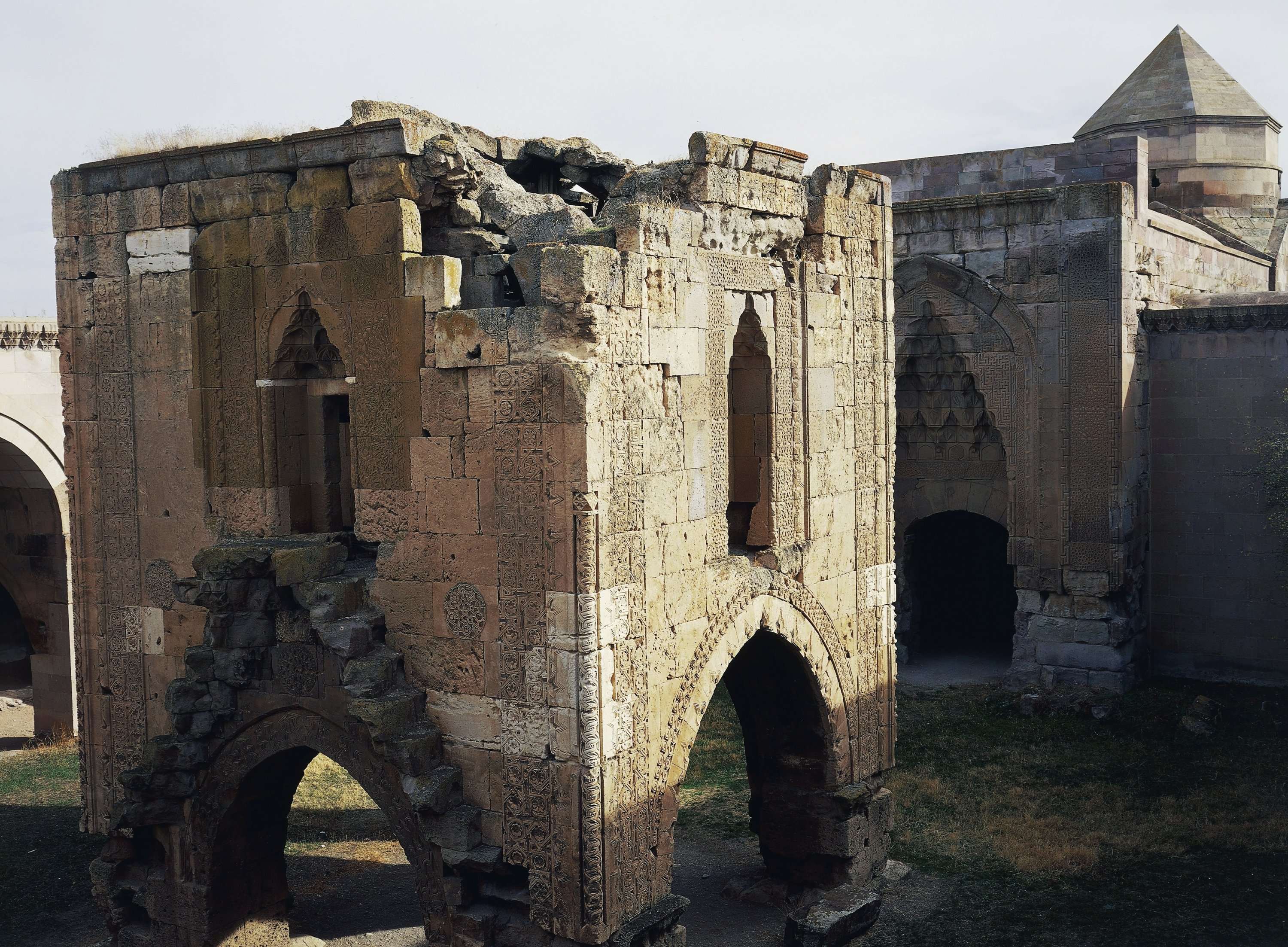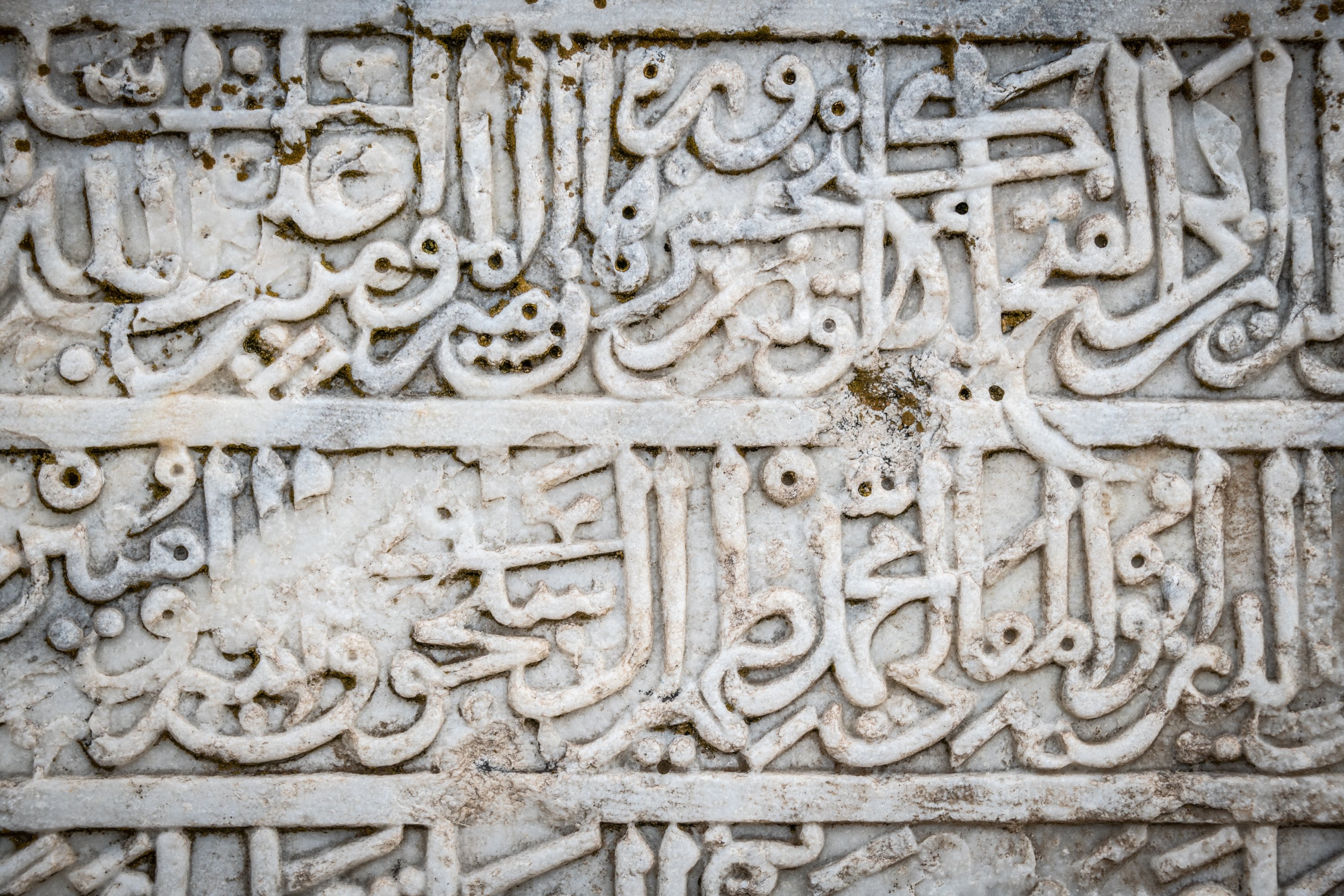© Turkuvaz Haberleşme ve Yayıncılık 2026
Asım Divleli, the chair of the Department of Architecture at Türkiye's Samsun University, explores the nuanced evolution of Turkish architecture, emphasizing its adaptive resilience and cultural intersections throughout history.
"When attempting to establish a profound relationship with architecture, you encounter a multilayered structure. Architecture is not a straightforward concept; it is an open-ended issue from all sides. Since its inception, architecture has faced a world of contrasts. This is a situation encountered by all humanity," Divleli stated, speaking to Anadolu Agency (AA) about the journey of Turkish architecture and its practical reflections.
Pointing out the actual inventory of structures built by Turks, Divleli indicated that labeling these elements under the "Turkish architecture" category is unrealistic. "Despite the actual stock of structures built by Turks in Anatolia, these elements are either a continuation of the local architecture existing in the region or adaptations. Many architectural elements attributed to Turks already existed in previous examples. Moreover, it's not plausible to speak of a pure Turkish race or administration that arrived in Anatolia. This approach would prefer encountering a textual situation rather than actual production. Existing sources are not convincing for it," he said.
During the 11th and 13th centuries, particularly under the Anatolian Seljuks and subsequent beyliks (principalities), a notable and distinctive architectural style emerged in Anatolia. Considering architecture's gradual evolution rather than a definitive beginning, it suggests that since Turks settled in Anatolia, they have enriched other cultures and societies with their artistic contributions.
The debate centers on whether there exists an architecture deliberately crafted as part of a constructed Turkish identity. Architectural productions from this era, despite regional variations, reflect a high level of consciousness, integrating mutual awareness. Monumental structures of the period exhibit refined structural elements that are meticulously conceived and elevated to artistic forms.

For that, Divleli emphasized that it is not possible to speak of a sharp construction of Turkish art, stating: "This is rather a production of an artistic mind aiming to give due to a refined art. Therefore, it is unrelated to the constructed Turkish concept that has shaped today or settled. Yes, Turks came to Anatolia not temporarily but permanently and produced a lasting and refined art in whatever way."
Divleli, mentioning the emergence of a new architectural style during the late Ottoman Empire and the republic, also discussed the formation of a sharp modernization process in architectural productions due to the political and economic conditions of the period.
"The processes of modernization, generally and nationalist thought and nation-building specifically, which began in 19th-century Europe, also influenced the Ottoman architecture of the period. Ancient forms are clothed in a new composition within a modern function. This beginning makes architecture a tool for the strengthening of nationalism policy by the republic. During this period, the Turkish concept is reconsidered on a textual level. Many aspects of this concept are reinforced with references nourished from the past," he said.
"The concept of Turkish architecture is also included within the framework of a constructed narrative, departing from its simple and realistic base. As much as Anatolia is Turkish, mosques, madrassas, caravanserais, hammams (bathhouses) and settlements whose traces have been transferred to today are as Turkish as Seljuk and Ottoman, but this Turkish does not correspond to ethnic meaning restrictions as we understand it today," he continued.
Divleli added that the sharp modernization process initiated with the declaration of Tanzimat in the first half of the nineteenth century was also reflected in architectural productions: "As in many modernization movements, this change was applied to public buildings first. This new style created by modernizing traditional civilian architecture while preserving national sentiments generally carries traces of German modernism in outline. The functional innovations related to administrative, industrial, and educational structures of the period also led to extensive architectural production. Administrative buildings, factories and village institutes are architectural visibility of the period."
He emphasized that architecture was not produced independently of political power and related cultural authority in Türkiye, underlining that Türkiye's international political position also influenced the architecture of the period.
Divleli points out that the entry of American capital into the Turkish market after World War II brought forth the production of architecture independent of traditional references.

"Postmodern architecture began to show its impact belatedly in the 1980s. Despite the long-lasting journey of modernism, contradictions and conflicts within it have led to short-lived architectural approaches. The new decisions taken by political power in the early 1980s to expand economic issues have accelerated the entry of international capital into the country and created a new capital group. Many private structures belonging to these new capital groups, banks, and large companies were built," he explained.
"This architectural production continued until the 1990s. Although a new model of power with its political context has emerged in the last 20 years, the continuity of economic organization in the 1990s has increased the quantity of building stock, but there has been no qualitative change in architecture itself. Technological progress has certainly revealed much more qualified architectural structures that did not exist in capital and market areas. However, all of these qualified works have remained invisible because they are produced outside of these contexts," he added.
Divleli pointed out that earthquakes can occur at any moment, regardless of the region. "As we witnessed in the Feb. 6 earthquake in 2023, the impact can extend far beyond a specific center, affecting a much wider area, as seen in previous earthquakes. While architecture is not the primary cause of the destructiveness of earthquakes compared to more responsible factors such as the building's structure, architects must review and reform their approaches to construction activities. Despite all developments, the destructive effect of earthquakes on structures has not changed," he highlighted.
Divleli emphasized that the real problem lies in human-made factors, stating: "There are undoubtedly institutional efforts and legal regulations, with new regulations issued after every earthquake. However, we saw they did not work in the last earthquake. Therefore, the issue should be approached on a moral plane rather than through textual arrangements. This concerns all layers of society. We need to establish a new relationship between the matter and the individual and reconsider how it should be. This is where the architect has a task. The question of 'how should we design a structure, a city?' is something that architects need to reconsider primarily."
